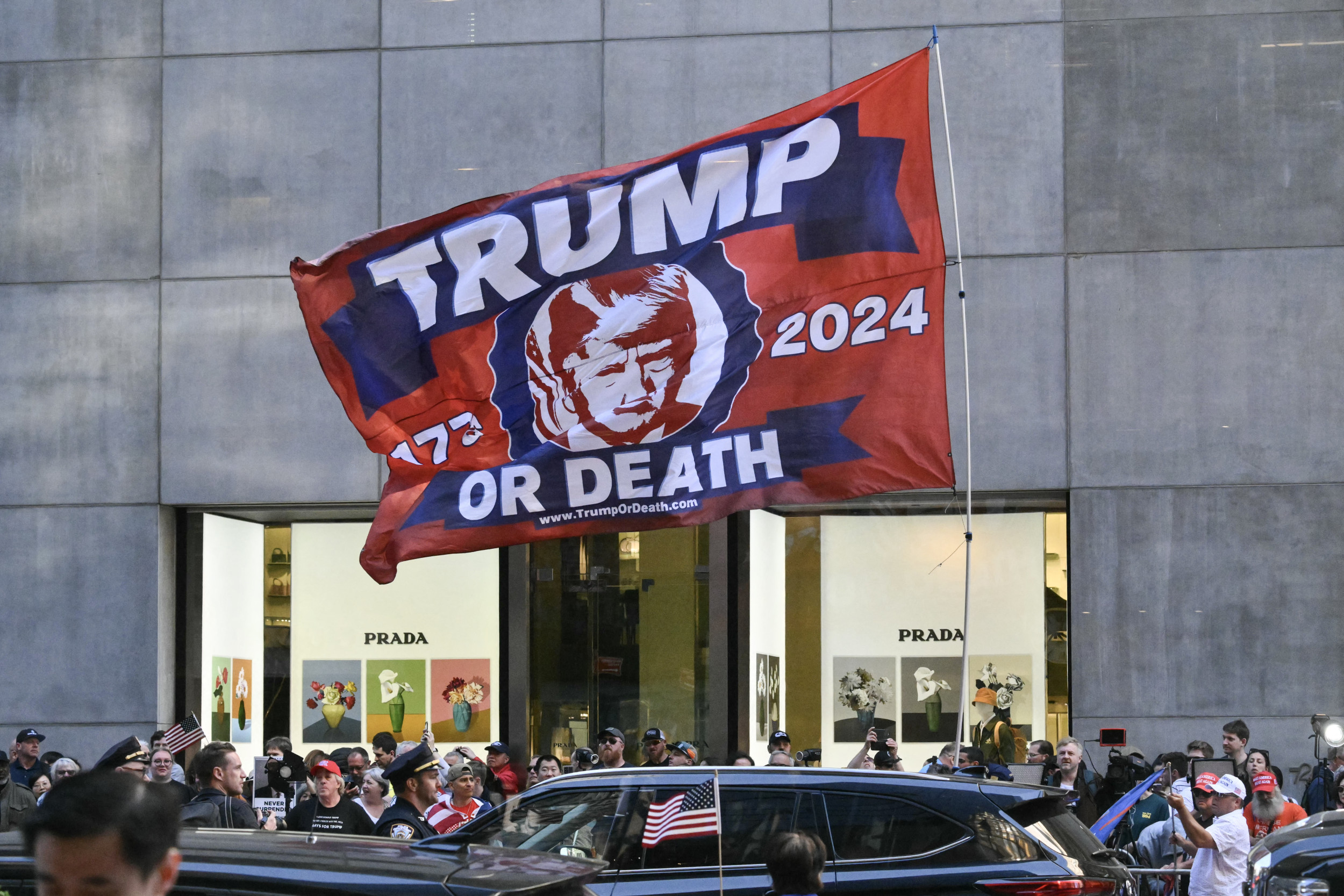For some, nothing feels as luxurious as a designer insignia. Whether it's a massive C on the bow of glossy sunglasses or the offset LV on a well-crafted piece of luggage, the symbol plays a big part in announcing one's status. So then why did the New York-based Luxury Institute just name Bottega Veneta—which prides itself on sporting no labels at all—the world's most luxurious brand? "Bottega Veneta is a one-of-a-kind classic boutique brand that executes the fundamentals of luxury extraordinarily well," says Milton Pedraza, CEO of the Luxury Institute, which surveyed 500 U.S. homes with a median annual income of $318,000 to find the world's most admired luxury brand. "It's understated, not gimmicky. It is not so involved in labeling itself."
But that doesn't mean it's not readily identifiable. Even without a blatant insignia, Bottega Veneta handbags, shoes, clothing and home accessories are easy to distinguish, thanks to their tasteful use of animal prints and telltale hand-woven leather, which uses a technique known as intrecciato to create a lattice-work effect. The label's reputation for exclusivity is well established; the clothing line is limited both in the selections each season and the number of garments sewn. A jewelry line launched last year featured just a few pieces: an 18-karat woven yellow gold necklace and bracelet set with diamonds. Indeed, the company's mantra is "When your own initials are enough."
The label wasn't always so discreet—or successful. Established as a handbag and luggage maker in the northern Italian city of Vicenza in 1966, the company became one of the hottest brands to carry in the 1970s. Bottega bags were favorites of Andy Warhol and Lauren Hutton, whose housewife character in the 1980 film "American Gigolo" clutched a Bottega. Star-struck, by the 1990s Bottega was labeling belt buckles and shoes and using its trademark print on every garment. The company also dabbled in garments like checkerboard mink trench coats and leather swimsuits. Its core clientele started to look elsewhere.
Then in 2001, the Gucci Group bought the company and hired a new creative director: the German-born Tomas Maier, who removed all the labels and went back to the brand's original understated allure. Since then, he has been credited with defining luxury as "discreet individualism."
The strategy has been a commercial success. Bottega Veneta is Gucci's second largest moneymaker after Gucci itself. The 41-year-old brand is sold via the Internet through a personal-shopper service and in a handful of upmarket department stores, carefully chosen based on the demographics of the city. There are also 97 Bottega boutiques worldwide, with revenues of €267 million in 2006, more than half from Asia Pacific.
With its profits, Bottega Veneta's line has grown to include men and women's clothing, children's shoes and a new cruise collection, as well as a new line of woven collars and vests for pets. Still, its signature woven leather handbag, which sells for about €€3,000, is the company's mainstay. Maier's philosophy remains simple. "We surrender to the sheer pleasure of beautiful things and the remarkable abilities of our craftspeople," he said through a spokesman. And that, he believes, says much more than any label ever could.
Uncommon Knowledge
Newsweek is committed to challenging conventional wisdom and finding connections in the search for common ground.
Newsweek is committed to challenging conventional wisdom and finding connections in the search for common ground.





